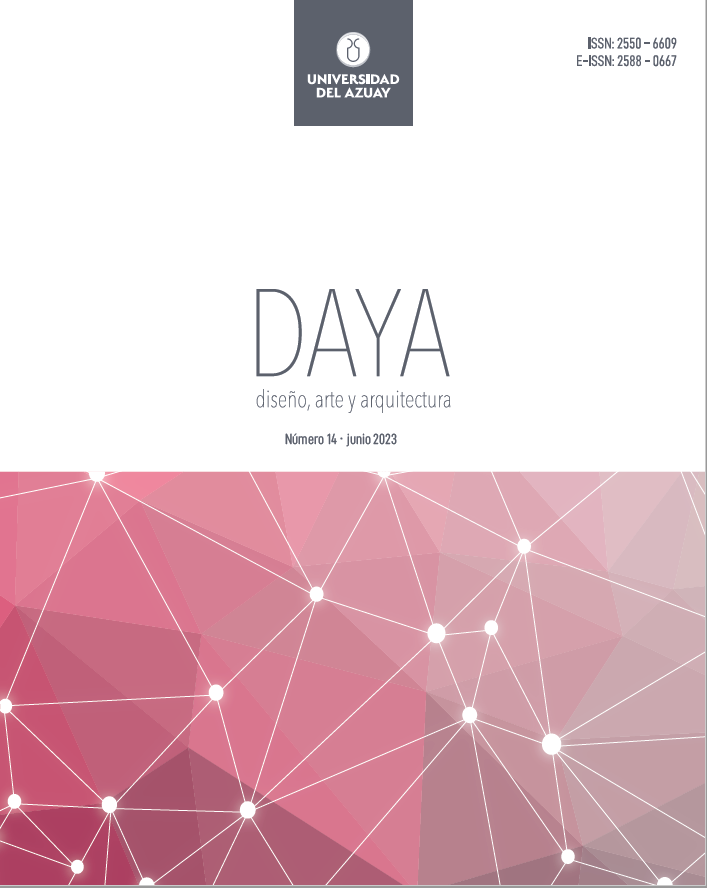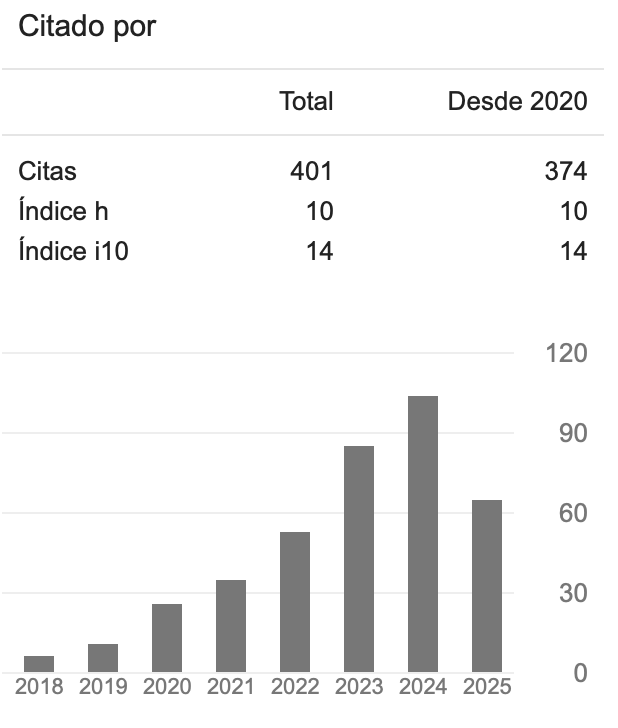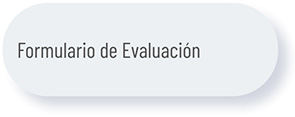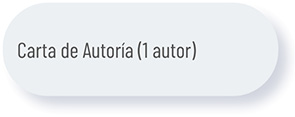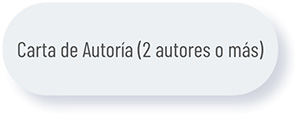CARACTERIZACIÓN GRÁFICA DE LAS INTERACCIONES DE PATRONES ALEXANDRINOS EN LA PLAZA SANTANDER DEL CAMPUS UNAL EN BOGOTÁ
DOI:
https://doi.org/10.33324/daya.vi14.649Palabras clave:
Lenguaje de patrones, Alexander, Dotplots, actividad, análisis arquitectónico, BogotáResumen
Desarrollado dentro de la línea de investigación Herramientas de Representación y Análisis Arquitectónico, este artículo sintetiza, de forma gráfica, el modo en que operan las relaciones inter-patronales descritas en el libro A Pattern Language (Alexander et al., 1977). En ese sentido, esta investigación revalúa la supuesta “variedad infinita de combinaciones” o relaciones, atribuida por los propios autores del libro a la totalidad de los 253 patrones por ellos propuestos, mediante su representación gráfica y posterior aplicación en un escenario construido. Lo anterior está dado bajo la hipótesis de que la presunta infinidad de variaciones o combinaciones patronales solo es posible dentro de un marco lógico de relaciones. Así pues, en términos tipológicos, sería equivalente a sugerir la invariabilidad de una estructura profunda (Martí Aris, 1993, p. 12). Para explorar esta presunción, este artículo tiene como objeto de estudio la Plaza Santander de la Universidad Nacional de Colombia, a mitad de un día soleado en la época previa a la Covid. Aquí, la actividad es el eje transversal del análisis porque: [1] Dada su condición de campus universitario, le es atribuible una alta complejidad de posibles relaciones patronales; [2] El horario meridiano en un momento anterior a la pandemia es consecuente con la multiplicidad de esas relaciones; y [3] La actividad como variable cualitativa hace posible el discernimiento de lo múltiple, a la vez que potencia el enfoque hacia el modo en que el espacio es asumido por quienes lo habitan y así define el alcance de la investigación.
Palabras clave: Lenguaje de patrones, Alexander, Dotplots, actividad, análisis arquitectónico, Bogotá.
Abstract
Developed within the line of research on architectural representation and analysis tools, this article graphically synthesizes the way in which the inter-employer relationships described in the book A Pattern Language (Alexander et al., 1977) operate. In this sense, this research reassesses the supposed "infinite variety of combinations" or relationships attributed by the authors of the book to all of the 253 patterns they proposed through their graphic representation and subsequent application in a real scenario. The previous premise is given under the hypothesis that the presumed infinity of employer variations or combinations is only possible within a logical framework of relationships. Thus, in typological terms, it would be equivalent to suggesting the invariability of a deep structure (Martí Aris, 1993, p. 12). To explore this presumption, this article has as its object of study the Plaza Santander of the National University of Colombia, in the middle of a pre-Covid sunny day. Here, activity is the transversal axis of analysis because: [1] Given its condition as a university campus, a high complexity of possible employer relationships is attributable; [2] the meridian time in a moment before the pandemic is consistent with the multiplicity of these relationships; and [3] the activity as a qualitative variable makes it possible to discern the multiple at the same time that it enhances the focus on the way in which the space is assumed by those who inhabit it, thus defining the scope of the investigation.
Keywords: A pattern language, Alexander, dot plots, activity, architectural analysis, Bogotá.
Descargas
Publicado
Cómo citar
Número
Sección
Licencia

Esta obra está bajo una licencia internacional Creative Commons Atribución-NoComercial-CompartirIgual 4.0.

